Many people often ask about the meaning of bonsai fig trees and whether they should be planted in front of their homes. Let’s explore the answers to these questions in the article below!
1 What is the Feng Shui Significance of a Bonsai Fig Tree?
Origin and Meaning of the Bonsai Fig Tree
The bonsai fig tree, also known as the Bodhi Tree or Ficus Retusa, is a popular ornamental plant in Vietnam. It holds spiritual significance and is a symbol of abundance and completeness.
It is one of the trees in the Four Symbols group, which includes the banyan, fig, elm, and silk trees, and the Three Abundances group, consisting of the fig (blessing), elm (fortune), and pine (longevity) trees.
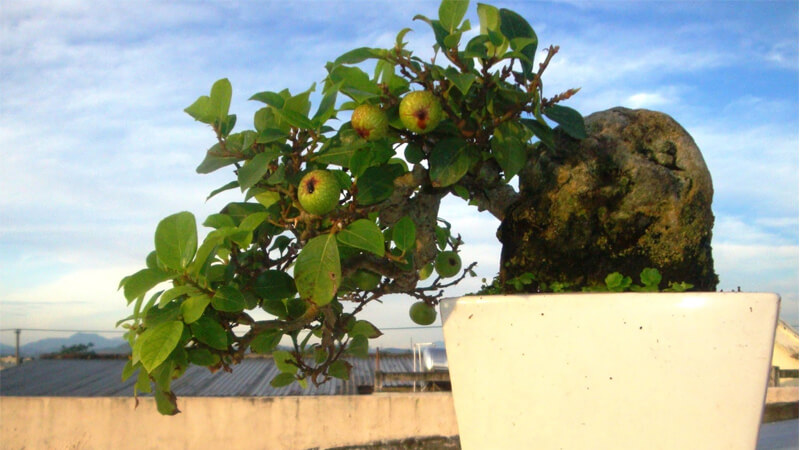 Origin and Meaning of the Bonsai Fig Tree
Origin and Meaning of the Bonsai Fig Tree
Feng Shui Significance of the Bonsai Fig Tree
The bonsai fig tree carries significant spiritual and Feng Shui meanings. The word “sung” in Vietnamese, meaning “abundance,” signifies completeness and abundance, bringing prosperity to the household.
During festive occasions, people often display bonsai fig trees, potted figs, or fig fruits as part of the five-fruit tray. Additionally, the bonsai fig tree is combined with other trees from the Four Symbols or Three Abundances groups to enhance the family’s Feng Shui.
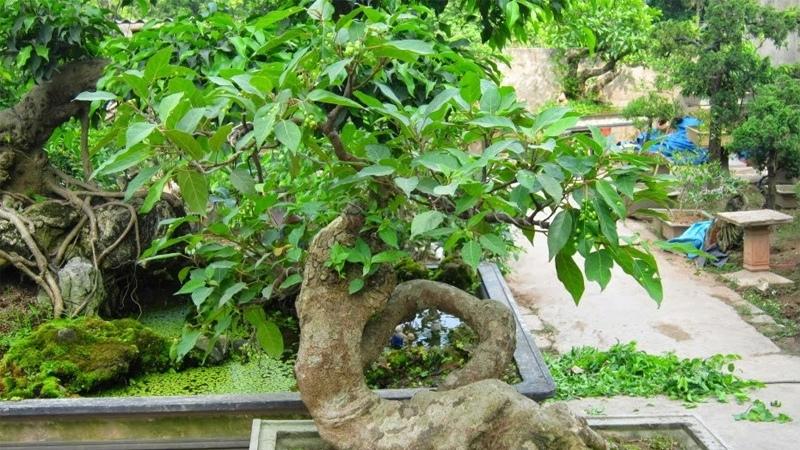 Feng Shui Significance of the Bonsai Fig Tree
Feng Shui Significance of the Bonsai Fig Tree
Despite its Feng Shui significance, not everyone is suitable for growing this tree as an ornamental plant. According to Feng Shui principles, the bonsai fig tree is most compatible with individuals of the Wood and Fire elements. For these individuals, the tree brings good luck, success, and a harmonious family life.
It is not advisable to plant the bonsai fig tree directly in front of the main entrance or gate as it may obstruct the flow of positive energy into the house, affecting the family’s wealth and luck. If you wish to plant a bonsai fig tree in front of your home, place it slightly to the left or right of the entrance or gate.
Characteristics and Classification of the Bonsai Fig Tree
The bonsai fig tree belongs to the woody tree family, Moraceae, and is commonly found growing wild along riverbanks and streams or cultivated in home gardens. Typically, it grows to a height of 20-30 meters with an average diameter of 60-90 centimeters.
Additionally, the bark of the bonsai fig tree is smooth and gray-brown in color. Its leaves are shaped like spearheads or ovals, measuring 5-10 centimeters in length, and covered with fine hairs. The fruits of the fig tree grow in clusters and are round in shape, either green or orange in color.
Common types of bonsai fig trees include:
Vietnamese Bonsai Fig Tree
This variety is widely cultivated in Vietnam as it adapts well to the local climate and soil conditions, making it a popular choice for ornamental gardening.
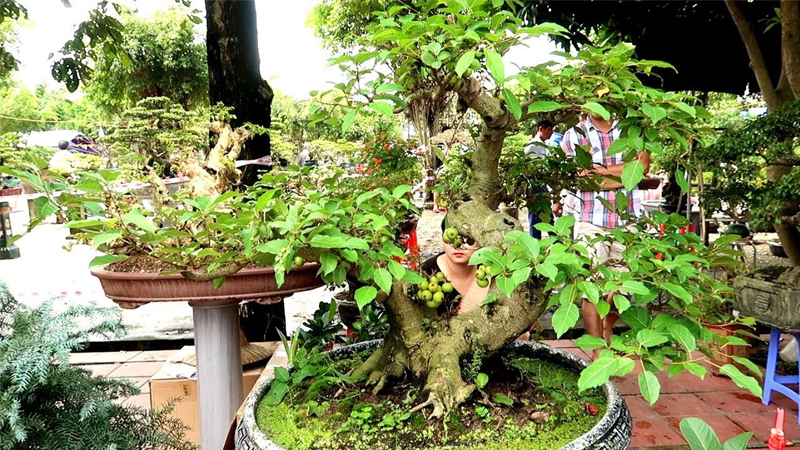 Vietnamese Bonsai Fig Tree
Vietnamese Bonsai Fig Tree
American Bonsai Fig Tree
The American variety has a shorter stature compared to its Vietnamese counterpart, typically reaching a height of 6 meters. It is primarily grown for its fruits, which do not grow in clusters but rather along the length of the branches. These fruits are highly nutritious, according to medical studies.
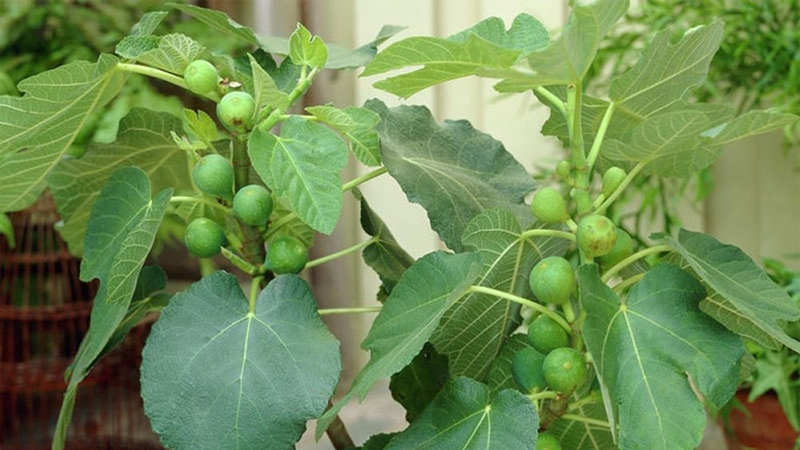 American Bonsai Fig Tree
American Bonsai Fig Tree
2 Benefits of the Bonsai Fig Tree (Ornamental Fig Tree)
Health Benefits
The fruits of the bonsai fig tree possess cooling properties and are rich in water content. They are used to treat various health conditions, including high blood pressure, sore throat, laryngitis, constipation, diabetes, and even cancer.
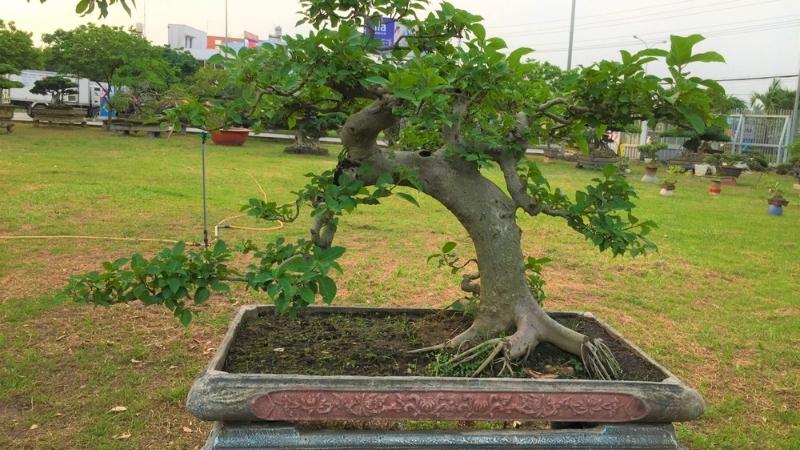 Health Benefits of the Bonsai Fig Tree
Health Benefits of the Bonsai Fig Tree
Aesthetic Benefits
The bonsai fig tree is predominantly grown for ornamental purposes, especially during festive seasons. Its sturdy trunk can be artfully pruned and shaped from a young age, resulting in aesthetically pleasing forms complemented by lush foliage and an abundance of fruits.
 Aesthetic Benefits of the Bonsai Fig Tree
Aesthetic Benefits of the Bonsai Fig Tree
Culinary Uses
Unripe fig fruits are used to create unique and delicious dishes, such as fresh figs dipped in chili salt, braised figs with pork, and more.
Additionally, young fig leaves are used to wrap boiled goat meat or to make a refreshing salad, adding both flavor and nutritional value to these dishes.
Reference:
3 How to Grow and Care for a Bonsai Fig Tree
Planting a Bonsai Fig Tree at Home
To save time and money, it is recommended to start with a young tree. Before repotting, trim the excess leaves, leaving only the necessary ones, and then place the tree in its new pot. Add soil to cover the roots by 3-5 centimeters and water lightly to provide moisture.
 Properly Planted and Maintained Bonsai Fig Tree
Properly Planted and Maintained Bonsai Fig Tree
Caring for a Bonsai Fig Tree
Watering
The bonsai fig tree requires ample water, so ensure that you provide sufficient water to maintain moisture. Water the tree 2-3 times a week, increasing to 4-5 times during the summer. Due to its robust root system, you don’t have to worry about overwatering.
Light
The bonsai fig tree thrives in bright, sunny locations, so place the pot in an area with abundant natural light, but avoid intense direct sunlight, especially during the summer. Prolonged exposure to direct sunlight may cause the leaves to thin out, detracting from the tree’s aesthetic appeal.
Pruning
To enhance the tree’s beauty, trim any excessively long branches and shape them according to your preference. Remove any dry or weak branches to encourage healthier growth.
Fertilization
The bonsai fig tree does not require excessive fertilization. Apply fertilizer once a year, either at the beginning or end of the rainy season.
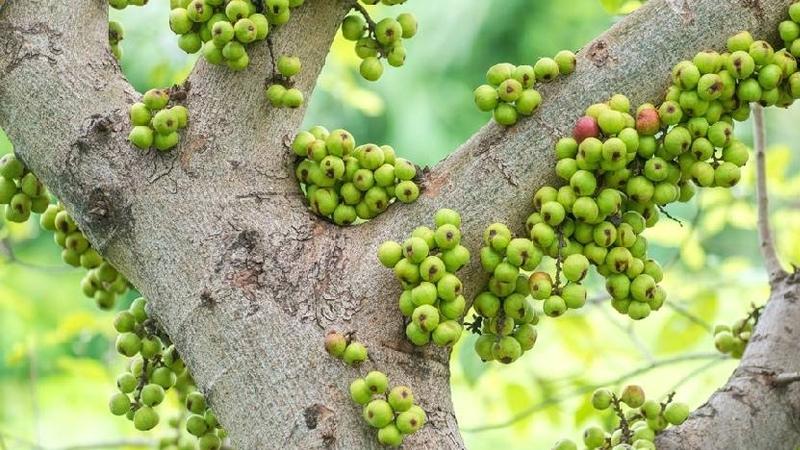 Caring for a Bonsai Fig Tree
Caring for a Bonsai Fig Tree
Notes on Growing and Caring for a Bonsai Fig Tree
- As a woody tree, the bonsai fig tree requires a significant amount of soil to obtain the necessary nutrients for growth. Choose a well-draining, moisture-retaining soil with a loose, crumbly texture, such as humus. Avoid using sandy or gravelly soils, as they do not retain moisture effectively.
- When purchasing a bonsai fig tree, opt for reputable nurseries or garden centers to ensure the quality of the seeds, young trees, or fully grown trees. Bonsai fig trees can also be propagated through cuttings or air layering techniques.
Further Reading:
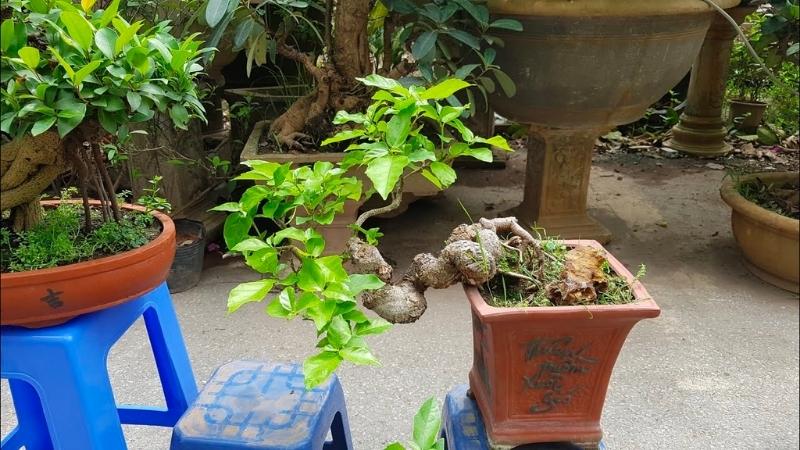 Notes on Growing and Caring for a Bonsai Fig Tree
Notes on Growing and Caring for a Bonsai Fig Tree
4 15 Beautiful Images of Bonsai Fig Trees in Feng Shui
 Attractive Bonsai Fig Trees
Attractive Bonsai Fig Trees
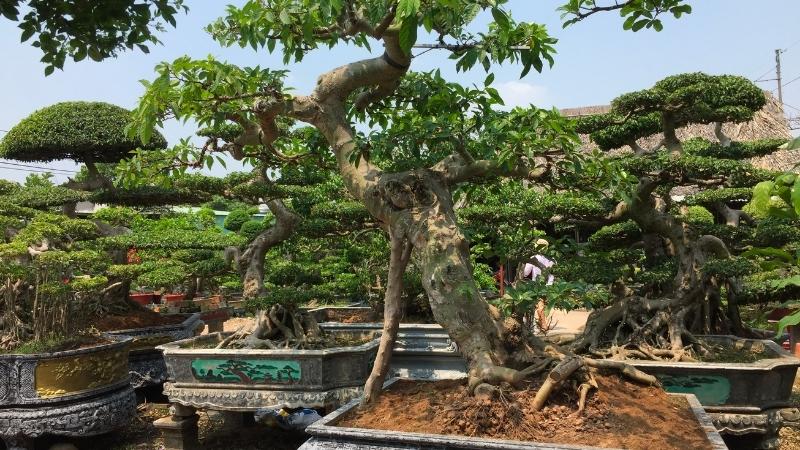 Tall Bonsai Fig Tree
Tall Bonsai Fig Tree
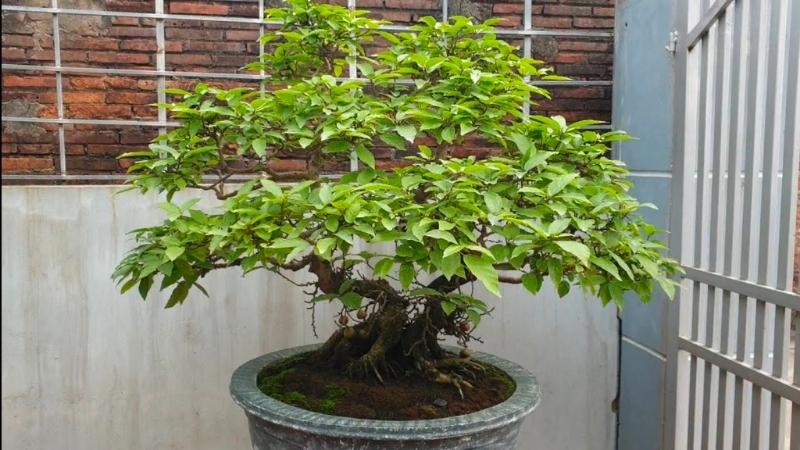 Lush Bonsai Fig Tree
Lush Bonsai Fig Tree
 Unusual Bonsai Fig Tree Shape
Unusual Bonsai Fig Tree Shape
 Unique Bonsai Fig Tree Shape
Unique Bonsai Fig Tree Shape
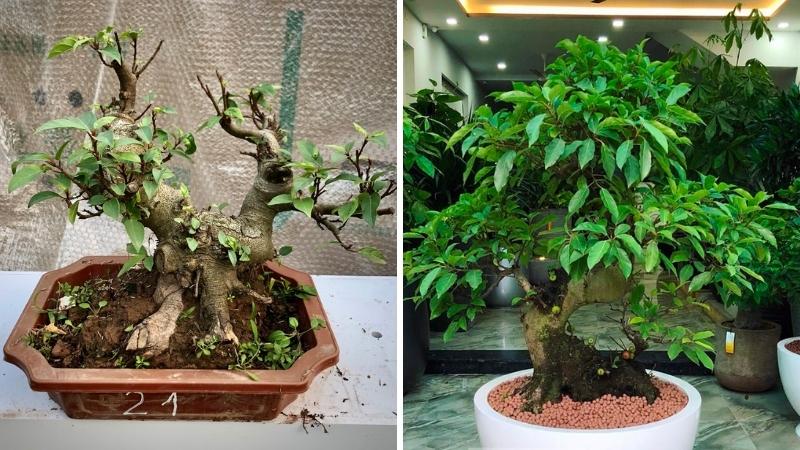 Impressive Bonsai Fig Tree Shape
Impressive Bonsai Fig Tree Shape
 Bonsai Fig Tree as an Ornamental Plant
Bonsai Fig Tree as an Ornamental Plant
 Attractive Potted Bonsai Fig Tree
Attractive Potted Bonsai Fig Tree
We hope that this article has provided you with a comprehensive understanding of the bonsai fig tree and its significance.






































